Boost Your Fitness: Discover Adaptive Astronaut Harness
Explore how the new adaptive astronaut harness boosts fitness in space. Elevate your workout knowledge and discover the future of exercise.
Introduction to Adaptive Harness Design
Understanding Adaptive Harness Design
Adaptive harness design is a revolutionary approach aimed at enhancing the physical fitness of astronauts during their missions in space. This design focuses on creating harnesses that can adjust to the unique needs of each astronaut, ensuring optimal support and comfort.
By incorporating advanced materials and technologies, adaptive harnesses offer a customizable fit that adapts to the wearer’s body movements and physical condition.
The Importance of Fitness in Space
Maintaining physical fitness in space is crucial for astronauts due to the microgravity environment, which can lead to muscle atrophy and bone density loss. Traditional exercise equipment on spacecraft may not fully address these issues, making adaptive harness design a vital innovation.
By providing targeted support and resistance, these harnesses help astronauts perform exercises more effectively, promoting muscle retention and overall health.
Technological Innovations in Harness Design
Recent advancements in materials science and wearable technology have paved the way for the development of adaptive harnesses. These harnesses often incorporate sensors and actuators that monitor an astronaut’s movements and adjust tension and support accordingly.
This real-time adaptability ensures that the harness provides the necessary resistance and assistance during various exercises, maximizing the benefits of each workout session.
Customization and Comfort
One of the key features of adaptive harness design is its ability to offer a personalized fit. Each harness can be tailored to the specific body shape and size of the astronaut, ensuring maximum comfort and efficiency.
The use of breathable, lightweight materials further enhances the wearability of these harnesses, reducing the risk of discomfort or injury during prolonged use.
Impact on Astronaut Training Programs
The introduction of adaptive harness design has significant implications for astronaut training programs. By integrating these harnesses into pre-flight and in-flight training regimens, space agencies can better prepare astronauts for the physical challenges of space travel.
The adaptability and effectiveness of these harnesses contribute to improved fitness outcomes, ultimately enhancing mission success and astronaut well-being.
Benefits for Astronaut Fitness Training
Enhanced Muscle Strength
The adaptive harness design significantly contributes to improved muscle strength for astronauts. In the microgravity environment of space, maintaining muscle mass is crucial to counteract muscle atrophy.
The harness provides resistance training that mimics gravity, allowing astronauts to perform exercises that target major muscle groups effectively.
This resistance training is essential for maintaining physical health during long-duration missions, ensuring that astronauts retain their strength for both mission tasks and their return to Earth’s gravity.
Improved Cardiovascular Health
Cardiovascular fitness is another critical aspect of astronaut health that benefits from the adaptive harness. The design allows for a range of aerobic exercises that help maintain heart health and circulation.
Regular cardiovascular workouts are vital in preventing the deconditioning that can occur in space.
By integrating these exercises into their daily routines, astronauts can sustain their endurance and reduce the risk of cardiovascular issues, both during and after their missions.
Increased Flexibility and Mobility
Flexibility and joint mobility are often overlooked but are essential for astronauts who must maneuver in confined spaces and handle complex tasks. The adaptive harness design supports exercises that enhance flexibility, helping to prevent stiffness and improve overall mobility.
This increased flexibility is particularly beneficial when astronauts need to perform repairs or scientific experiments that require a wide range of motion.
Psychological Well-being
Physical fitness training is not only about physical health; it also plays a significant role in psychological well-being.
The adaptive harness allows astronauts to engage in a variety of exercises, which can help reduce stress and improve mood. Exercise is known to release endorphins, which are natural mood lifters, and this is especially important in the isolated and high-stress environment of space missions.
By maintaining a regular fitness routine, astronauts can better manage the psychological challenges of space travel, leading to improved mental health and mission performance.
Adaptation to Earth’s Gravity
One of the most significant challenges astronauts face upon returning to Earth is readapting to gravity.
The adaptive harness design ensures that astronauts can continue to engage in exercises that prepare their bodies for this transition. By simulating gravitational forces, the harness helps maintain bone density and muscle strength, making the return to Earth’s environment smoother and less physically taxing.
This preparation is crucial for minimizing the recovery time and physical discomfort that astronauts might experience after landing.
Features of the Innovative Harness Design
Adaptive Fit Technology
The innovative harness design incorporates adaptive fit technology, ensuring a snug and comfortable fit for astronauts of all sizes.
This feature allows the harness to automatically adjust to the wearer’s body shape, providing optimal support and minimizing pressure points. The adaptive fit technology is crucial for maintaining comfort during extended periods of use, especially in the microgravity environment of space.
Enhanced Mobility
One of the standout features of the new harness design is its ability to enhance mobility.
The harness is constructed with lightweight, flexible materials that do not restrict movement, allowing astronauts to perform a wide range of exercises with ease. The design includes strategically placed joints and pivot points that accommodate natural body movements, ensuring that astronauts can maintain their fitness routines without limitations.
Integrated Sensor System
The harness is equipped with an integrated sensor system that monitors various physiological parameters in real-time.
This system provides valuable data on the astronaut’s heart rate, muscle activity, and overall physical condition. By analyzing this data, fitness trainers can tailor exercise programs to meet the specific needs of each astronaut, optimizing their fitness levels and ensuring their well-being during missions.
Durability and Resilience
Constructed from high-performance materials, the harness is designed to withstand the rigors of space travel.
It is resistant to wear and tear, ensuring long-lasting use even in the harsh conditions of space. The materials used are also easy to clean and maintain, which is essential for hygiene and longevity in the confined environment of a spacecraft.
Customizable Features
The innovative harness design includes customizable features that allow astronauts to personalize their equipment according to their preferences.
Adjustable straps and modular components enable users to fine-tune the fit and functionality of the harness, ensuring maximum comfort and effectiveness. This level of customization is particularly important in accommodating the diverse needs of astronauts on long-duration missions.
Future Implications for Space Exploration
Enhanced Astronaut Health and Performance
The introduction of adaptive harness designs significantly improves astronaut health and performance during missions.
Traditional harness systems often lead to discomfort and potential health issues due to prolonged use in microgravity environments. The new adaptive designs provide better support and adjustability, reducing the risk of musculoskeletal problems and enhancing overall comfort.
This advancement ensures that astronauts can maintain optimal physical condition, which is crucial for the success of long-duration missions.
Extended Mission Durations
With improved astronaut fitness facilitated by adaptive harnesses, space agencies can plan for longer mission durations. The ability to maintain physical health over extended periods is essential for missions to distant destinations such as Mars.
Adaptive harnesses help mitigate the effects of muscle atrophy and bone density loss, common challenges in space travel. This capability supports the feasibility of missions that require astronauts to spend months or even years away from Earth.
Broader Participation in Space Missions
The development of adaptive harnesses opens the door for a more diverse group of individuals to participate in space missions.
By accommodating a wider range of body types and fitness levels, these harnesses make space travel more accessible. This inclusivity not only broadens the pool of potential astronauts but also enriches the diversity of perspectives and skills available for space exploration, ultimately enhancing mission outcomes.
Technological Advancements and Innovations
The push for adaptive harness designs spurs technological advancements that can be applied to other areas of space exploration.
The research and development process for these harnesses encourages innovation in materials science, biomechanics, and wearable technology. These innovations can lead to the creation of more efficient space suits, improved life support systems, and other critical components of space missions.
Impacts on Earth-Based Applications
The benefits of adaptive harness technology extend beyond space exploration.
The advancements made in designing these harnesses have potential applications on Earth, particularly in fields such as rehabilitation, sports, and occupational safety. By improving the design and functionality of harnesses, these innovations can enhance the quality of life for individuals with mobility challenges and improve safety standards in various industries.
FAQ
Q1: How does the adaptive harness design help beginners manage soreness after training?
A1: The adaptive harness design is engineered to distribute weight and resistance evenly across the body, minimizing strain on specific muscle groups. This balanced distribution helps reduce the likelihood of soreness commonly experienced by beginners. Additionally, the harness can be adjusted to suit individual fitness levels, allowing newcomers to gradually increase resistance as they build strength, thereby reducing the risk of overexertion and subsequent soreness.
Q2: How often should beginners use the adaptive harness for training?
A2: Beginners are advised to start with two to three sessions per week using the adaptive harness. This frequency allows the body adequate time to adapt to the new form of exercise while ensuring sufficient rest and recovery between sessions. As users become more comfortable and their fitness levels improve, they can gradually increase the frequency and intensity of their workouts, always listening to their bodies to prevent overtraining.
Q3: How can advanced users overcome a fitness plateau using the adaptive harness?
A3: Advanced users can leverage the adaptive harness’s customizable resistance settings to break through fitness plateaus. By adjusting the resistance levels and incorporating varied movement patterns, users can introduce new stimuli to their muscles, prompting further adaptation and growth. Additionally, the harness allows for the integration of complex, multi-directional exercises that challenge stability and coordination, offering advanced users a comprehensive workout that targets multiple muscle groups simultaneously, which can help in overcoming plateaus.
Takeaway
“Ready to crush your fitness goals and unleash your inner strength? Start your new workout challenge today and transform your body and mind! Download our FREE training plan to kickstart your journey to a healthier, happier you. Join our vibrant and supportive fitness community where you’ll find the motivation and encouragement you need to stay committed and achieve your dreams. Let’s sweat, smile, and succeed together! Are you in?”

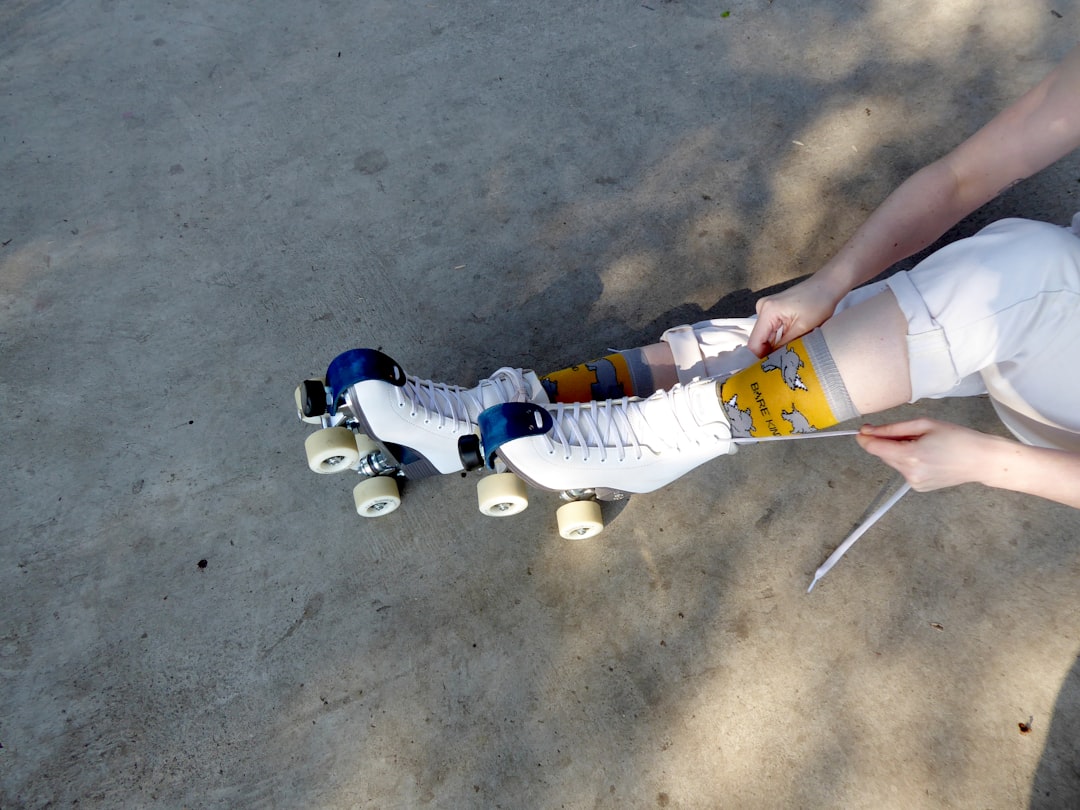
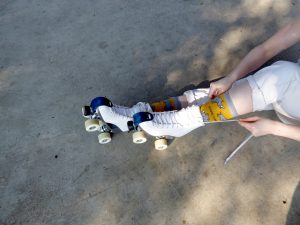


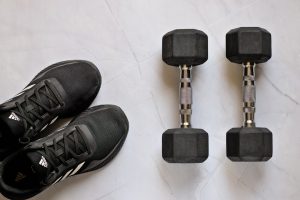

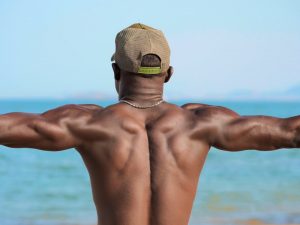


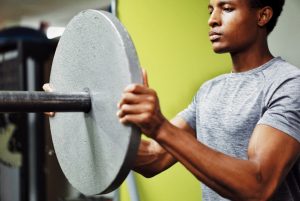
Comments